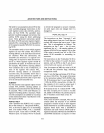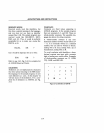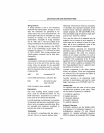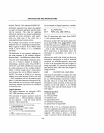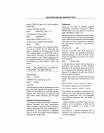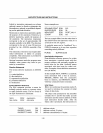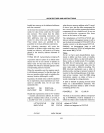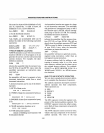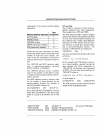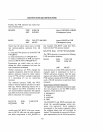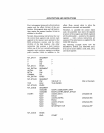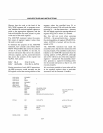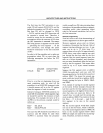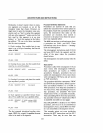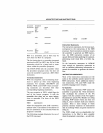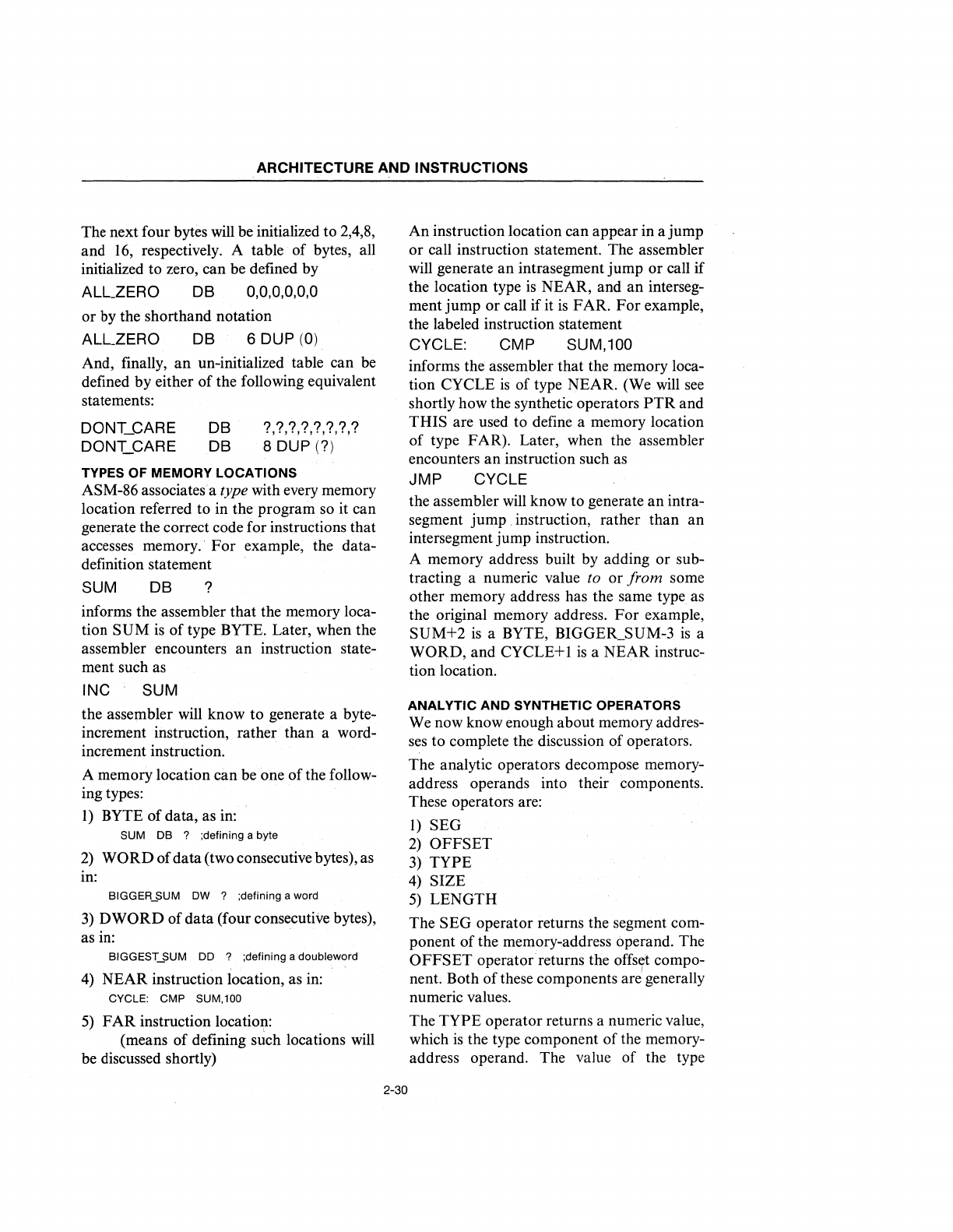
ARCHITECTURE
AND
INSTRUCTIONS
The next four bytes will be initialized to 2,4,8,
and 16, respectively. A table of bytes, all
initialized
to
zero,
can
be defined by
ALL2ERO
DB 0,0,0,0,0,0
or
by the
shorthand
notation
ALLZERO
DB 6 DUP
(0)
And, finally,
an
un-initialized table
can
be
defined
by
either
of
the following equivalent
statements:
DONT_CARE
DONT_CARE
DB
DB
?,?,?,?,?,?,?,?
8 DUP
(?)
TYPES
OF
MEMORY LOCATIONS
ASM-86 associates a type with every memory
location referred to in the
program
so it
can
generate the correct code for instructions
that
accesses memory.·
For
example, the data-
definition statement
SUM DB ?
informs the assembler
that
the memory loca-
tion
SUM
is
of
type BYTE. Later, when the
assembler encounters
an
instruction state-
ment such as
INC SUM
the assembler will
know
to
generate a byte-
increment instruction, rather
than
a word-
increment instruction.
A memory location
can
be one
of
the follow-
ing types:
1)
BYTE
of
data,
as in:
SUM DB ? ;defining a byte
2)
WORD
of
data
(two consecutive bytes), as
m:
BIGGER.J)UM DW ? ;defining a word
3)
DWORD
of
data
(four consecutive bytes),
as in:
BIGGEST_SUM
DD
? ;defining a doubleword
4)
NEAR
instruction location, as in:
CYCLE: CMP SUM,100
5)
FAR
instruction location:
(means
of
defining such locations will
be discussed shortly)
2-30
An
instruction location can
appear
in a
jump
or
call instruction statement. The assembler
will generate
an
intrasegment
jump
or
call if
the location type
is
NEAR,
and
an
interseg-
ment
jump
or
call
if
it
is
FAR.
For
example,
the labeled instruction statement
CYCLE: CMP SUM,100
informs the assembler
that
the memory loca-
tion
CYCLE
is
of
type
NEAR.
(We will
see
shortly
how
the synthetic operators
PTR
and
THIS
are used to define a memory location
of
type
FAR).
Later, when the assembler
encounters
an
instruction such as
JMP
CYCLE
the assembler will
know
to
generate
an
intra-
segment
jump.
instruction,
rather
than
an
intersegment
jump
instruction.
A memory address built by adding
or
sub-
tracting a numeric value to
or
from
some
other
memory address has the same type as
the original memory address.
For
example,
SUM+2
is
a BYTE, BIGGER_SUM-3
is
a
WORD,
and
CYCLE+I
is
a
NEAR
instruc-
tion location.
ANALYTIC AND SYNTHETIC OPERATORS
We now know enough
about
memory addres-
ses
to
complete the discussion
of
operators.
The
analytic operators decompose memory-
address operands into their components.
These operators are:
1)
SEG
2)
OFFSET
3)
TYPE
4)
SIZE
5)
LENGTH
The
SEG
operator
returns the segment com-
ponent
of
the memory-address operand.
The
OFFSET
operator
returns the offset compo-
nent. Both
of
these components
are
generally
numeric values.
The
TYPE
operator
returns a numeric value,
which
is
the type component
of
the memory-
address operand. The value
of
the type



